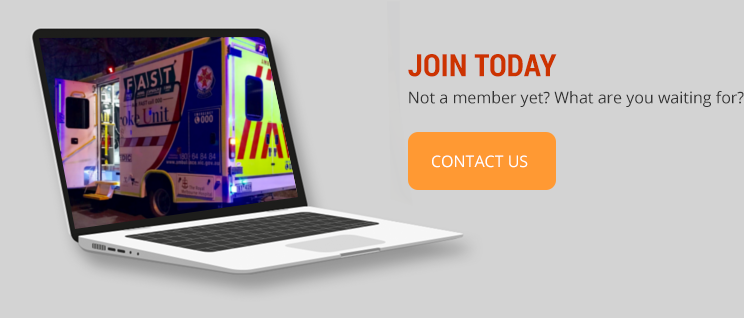
Current evidence for prehospital stroke care in MSUs is mainly restricted to quality measures such as time to thrombolysis or improved triage. Hitherto, there is a lack of evidence concerning improved functional outcomes. However, there are some hints to why this is a reasonable expectation.
The group at the University of the Saarland, Germany first proposed (Stroke, 2003) and realized (PLoS One, 2010) the concept of the Mobile Stroke Unit. In their randomized trial they showed that prehospital management achieved a median symptom onset-to-therapy decision time of 56 min and a median symptom onset-to-treatment time of 72 min, without impaired safety. The number of patients with time to therapy decision (end of all diagnostic work up) in the first ‘‘golden hour’’ from stroke symptom onset or time last seen normal significantly increased from 4% to 57%. The Stroke Emergency Mobile (STEMO) group in Berlin showed significantly earlier treatment and increase of the rate thrombolysis compared to regular care. In addition to a higher frequency of discharge to home. The group in Houston, Texas was the first to implement the MSU in the United States and demonstrated feasibility in this healthcare system. Importantly, they tested technical solutions such as telemedicine and setup a large randomized trial (BEST-MSU). The group at Cleveland, Ohio, showed that use of telemedicine is feasible in the physical absence of a physician onboard, with the support of paramedics and technicians. The group in Norway investigated use of MSUs by an anesthesiologist. The group in Memphis, Tennessee focused on improved imaging by high resolution CT and ultrasound. In Australia, the MSU is actively used for clinical studies on new treatments and transfer of these concepts to helicopters or airplanes (Air-MSU). There are many other active MSUs conducting research on feasibility, safety, clinical benefit and cost efficiency.
Reduction of time to thrombolysis is the essence of MSUs, but the effects of specialized stroke ambulances may not be restricted to this. Prehospital imaging and assessment by a neurovascular specialist lead to tailored triage putting patients on the right track at the earliest timepoint.